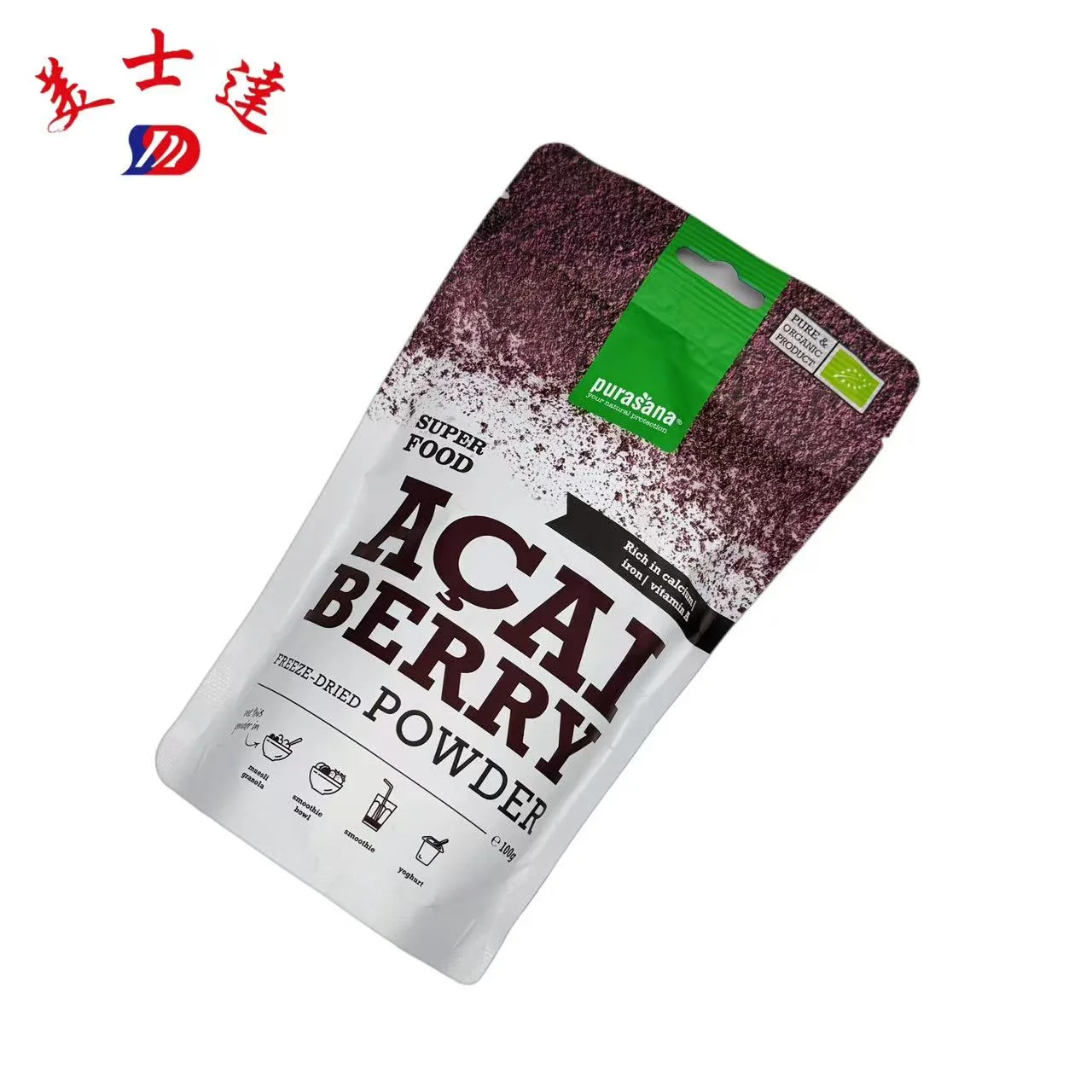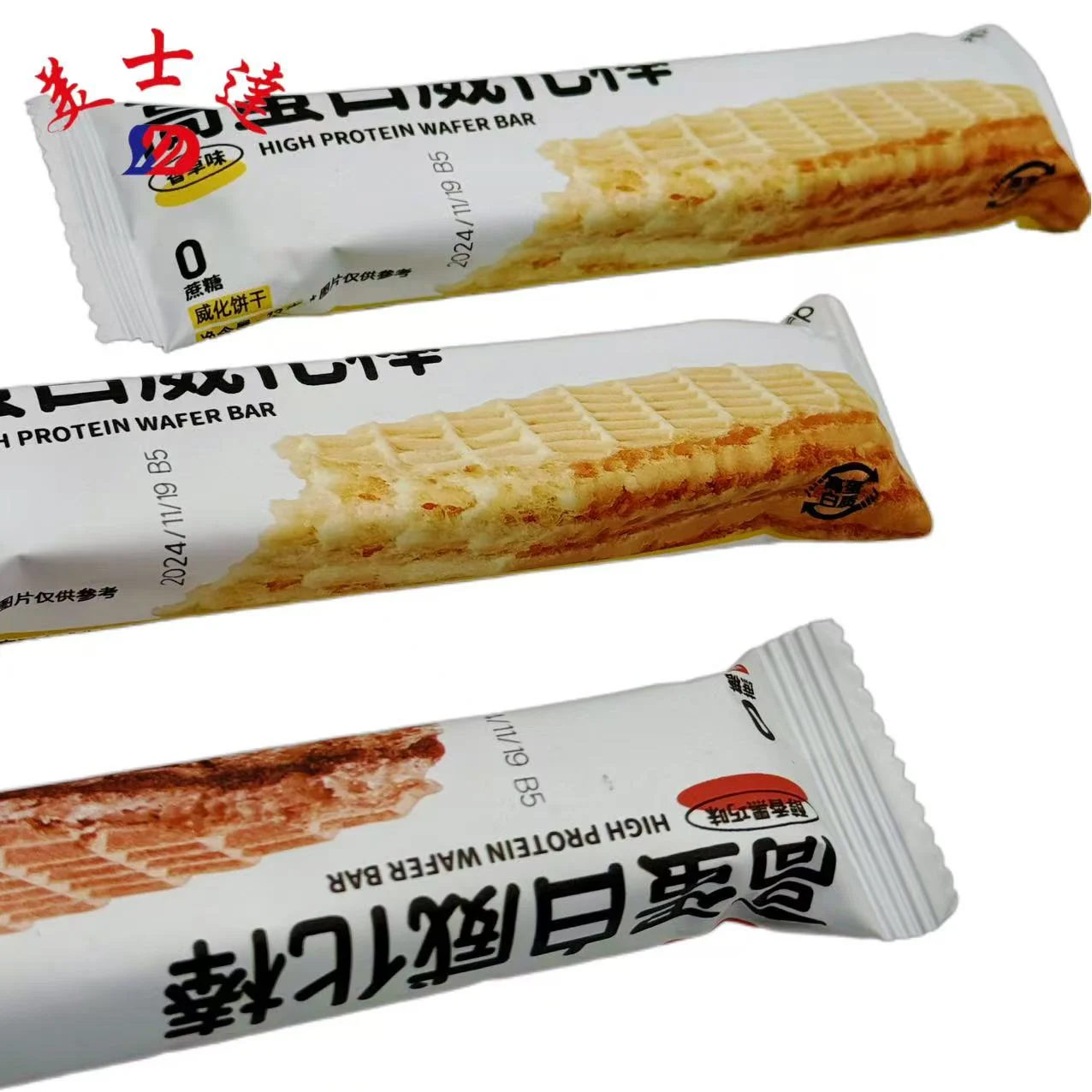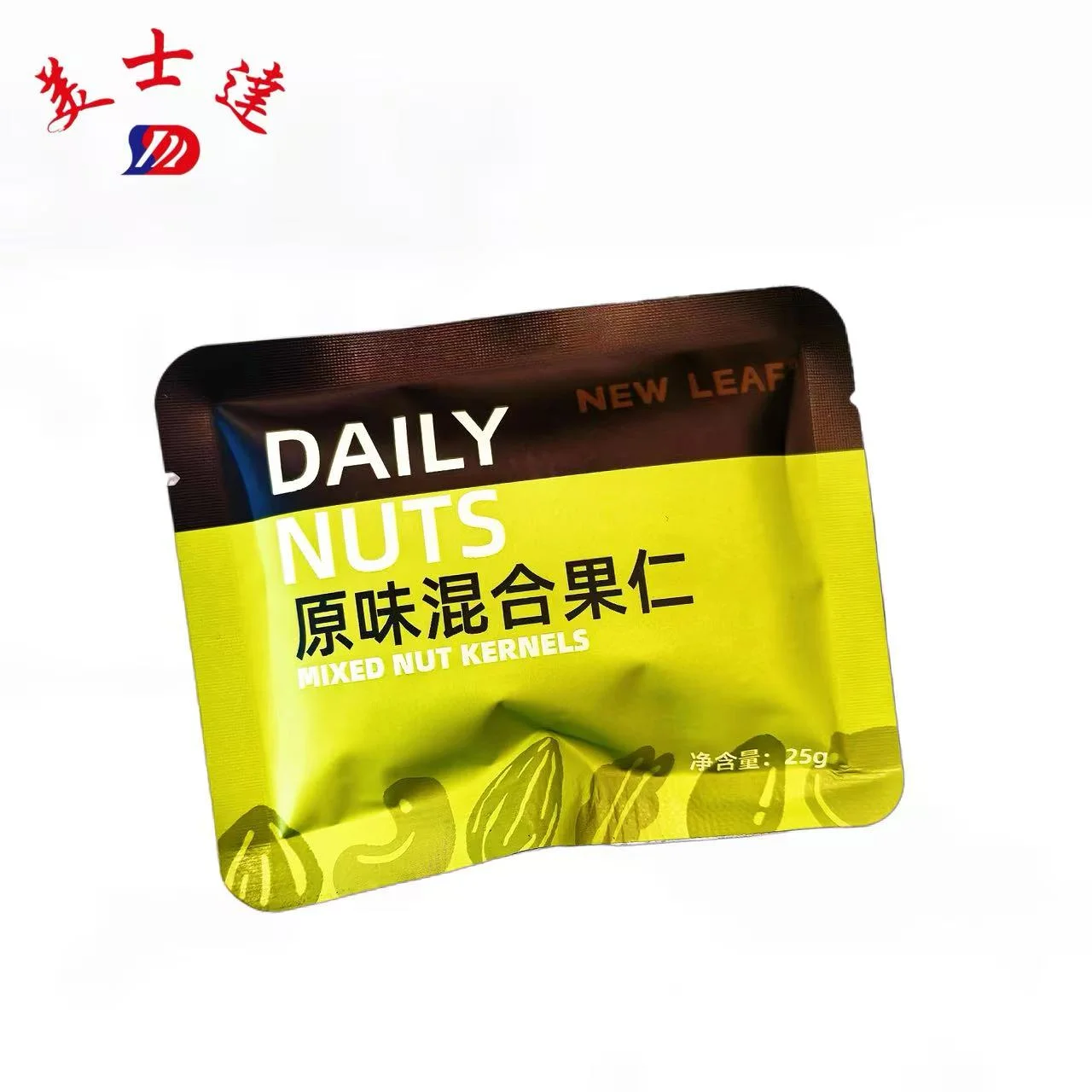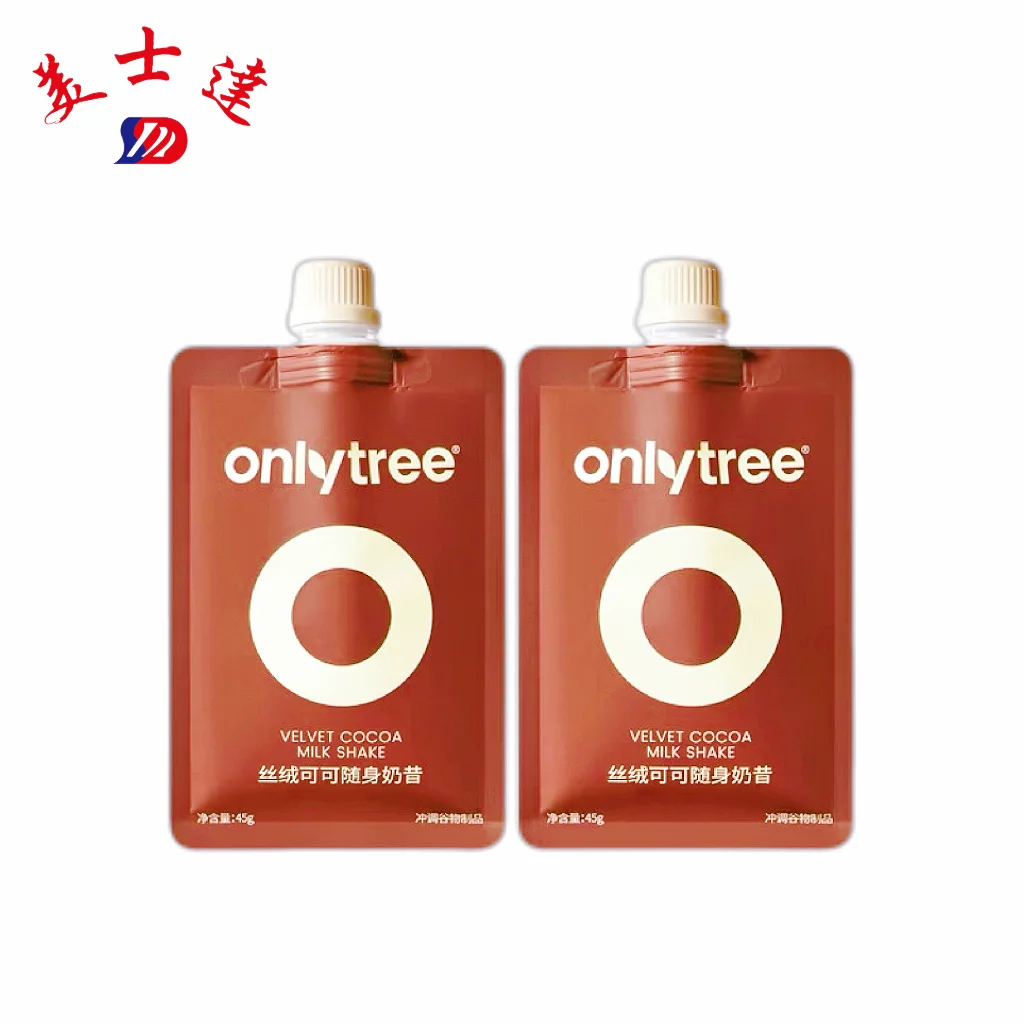Food packaging is not just a wrapper that safeguards the content, but also plays a significant role in determining brand identity, shipping efficiency, and purchase behavior. In light of growing global competition, the pursuit of flexible packaging options that preserve product freshness, reduce costs, and address environmental challenges is on the rise.
For frozen food, fresh vegetable, and snack categories, the choice of flexible food packaging materials directly affects shelf life, shelf appearance, and customer satisfaction. This article offers detailed information about popular flexible packaging materials and, with the help of Meishida Packaging, allows buyers to find the ideal solution for their business quickly.
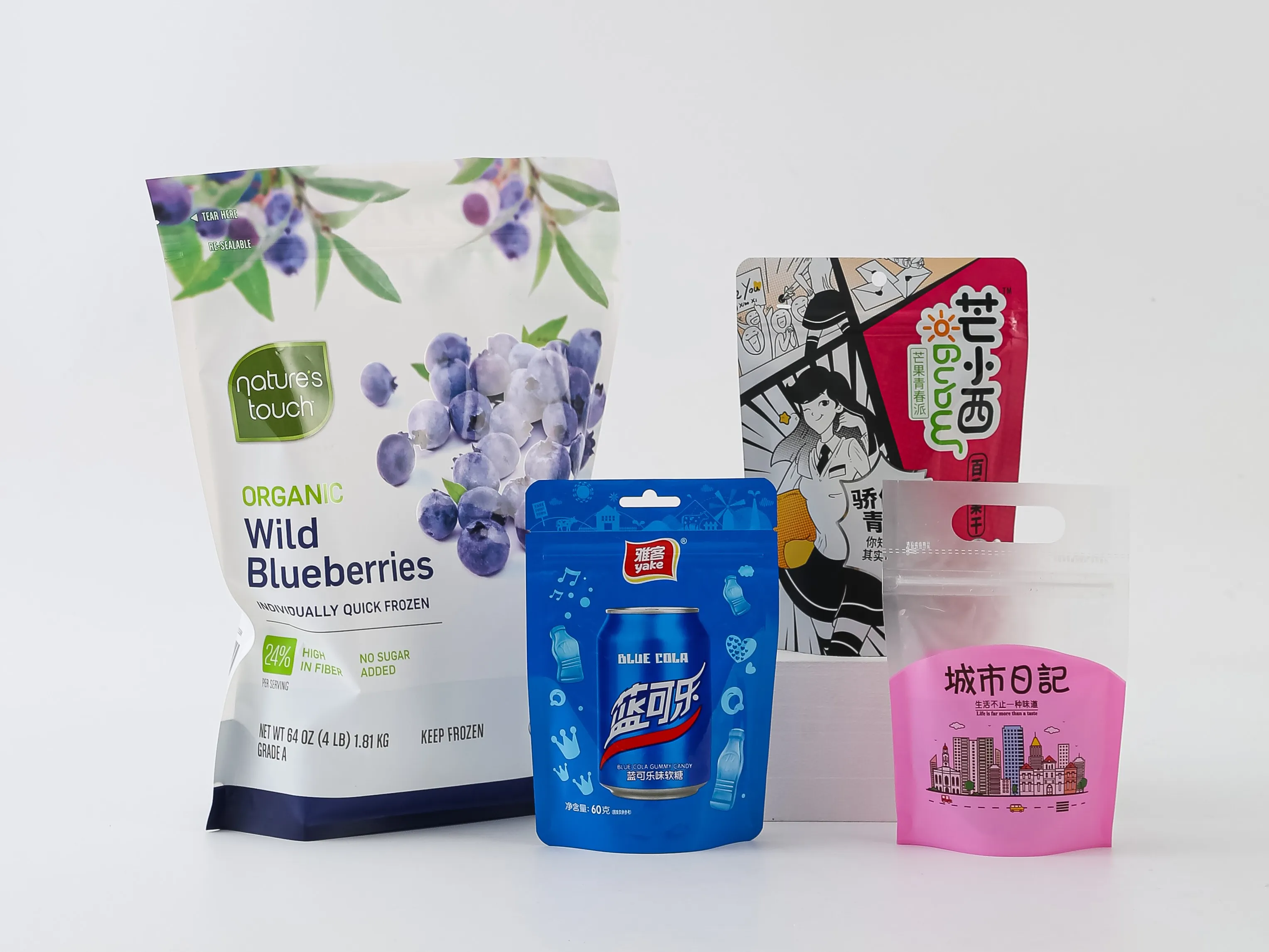
What is Flexible Food Packaging?
Flexible food packaging refers to flexible packaging made from plastic film, metal foil, or paper-based composite materials. They are lightweight and highly adaptable, allowing a variety of packaging formats to be created from a single roll of film, such as:
- Stand-up Pouch
- Zipper Pouch
- Чехол с плоским дном
- Spout Pouch
- Sachet
Key Advantages:
Lightweight: Reduces transportation and storage costs
- High barrier properties: Extends food shelf life
- Diverse design options: Supports printing, custom-shaped cutting, and other processes
- Environmental potential: Available in recyclable or biodegradable materials
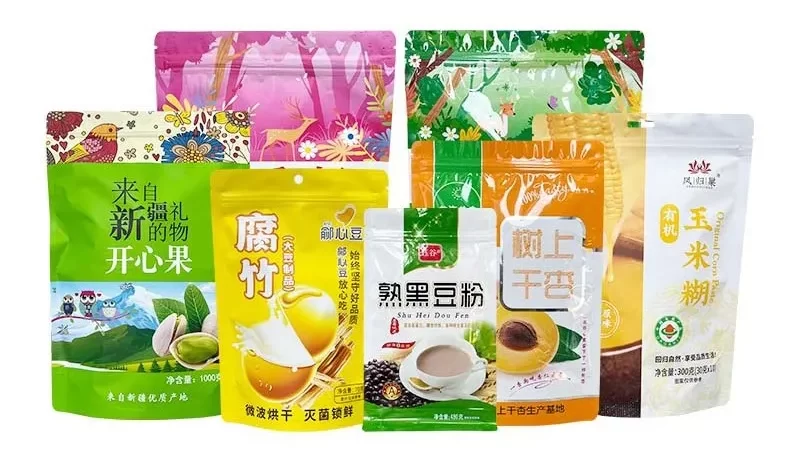
Typical Flexible Packaging Materials for Food Products
Polyethylene (PE)
PE is a widely used flexible packaging material and is divided into LDPE (low-density polyethylene) and HDPE (high-density polyethylene):
LDPE: Soft, flexible, and tear-resistant, suitable for snacks and frozen foods.
HDPE: Stronger and stiffer, usually applied for heavy weight packaging.
✅ Purchase Key Points: Cheap, multi-purpose production, and excellent moisture resistance have rendered it a cost-effective and popular choice among food companies.
Polypropylene (PP)
PP is more transparent and stiffer than PE.
It offers a clearer finish and is suitable for packaging that needs to display the food item itself (e.g., nuts and baked goods).
It is very good at resisting moisture and is lightweight, making it perfect for short- to mid-term storage.
It can be heat-sealed for an airtight closure.
✅ Buying Key Points: If you want a balance of “visually attractive” and light but durable, PP is a highly suitable material.
Polyethylene Terephthalate (PET)
PET is excellent in barrier capabilities and durability.
It is excellent for resistance against oxidation, moisture, and odor, thus extending shelf life.
It has high physical strength and can be employed for packaging heavy or bulky foodstuffs.
It is highly recyclable, in line with global green philosophies.
✅ Key Purchase Points: Best suited for the packaging of frozen food, condiments, and beverages and is ideal for clients with high safety and durability demands.
Green Flexible Packaging Materials
In accordance with the growing trend of sustainable development, environmentally friendly flexible packaging products have become a top priority for food businesses:
- Recyclable Films: Reduce single-use plastic waste.
- Biodegradable Laminates: Dissolve easily, reducing environmental impact.
- Compostable Materials: Meet environmental certification requirements in some European and US markets.
Things to Consider While Purchasing Flexible Packaging Materials
- Product Type: Dry foods vs. high-moisture foods → Different barrier requirements.
- Transportation and Storage Environment: Cold Chain Logistics / Room Temperature Transport / Sterilization at High Temperatures → Huge differences in material selection.
- Target Markets: European and US markets have stringent environmental requirements, while Asian markets emphasize cost-effectiveness.
- Cost and Delivery Time: Choosing a partner with extensive production capacity guarantees a steady supply.
- Brand display requirements: Do you need HD printing, matte/glazed finish, custom-shaped cutting, etc.?
Why Choose Meishida Packaging?
Being a professional food packaging material flexible packaging supplier, Meishida’s strengths are:
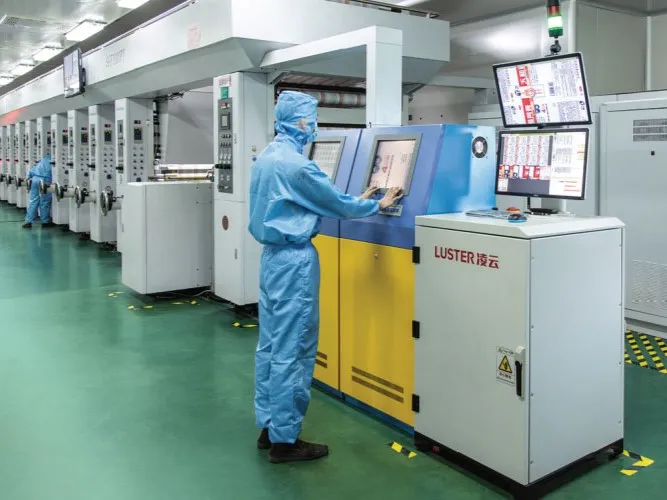
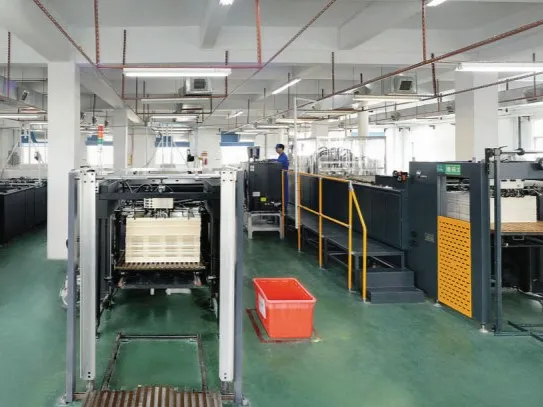
- Tailored design: We provide OEM/ODM services to address the packaging requirements of different food types.
- High barrier protection: Prevent food spoiling and enhance shelf life.
- Environmentally friendly: Use recyclable, biodegradable, and compostable products.
- One-stop service: Design → proofing → production → quality control → shipping, we do it all.
- International experience: We have abundant export experience, and our products have been exported to Europe, America, and Southeast Asia markets.
By cooperating with Meishida, buyers not only obtain high-quality flexible packaging materials but also become more competitive for the brand in the background of global market development.
Conclusion
The selection of suitable flexible food packaging materials is a primary choice food businesses have to make in order to achieve equilibrium between quality, price, and sustainability. PE, PP, and PET each possess strengths, but sustainable films are the future.
As a good partner, Meishida Packaging is committed to providing safe, innovative, and green flexible food packaging solutions for food businesses around the world.
If you’re looking for a reliable supplier of flexible packaging materials, call Meishida today for a free consultation and customized solutions!

